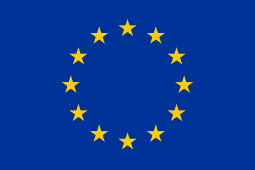The mysterious realm of Fungi is also presented of great diversity of species in the Cross border region. Some of the are edible, and others poisonous. Some make the plants sick, while others help them to heal. Fungi are one of the greatest cleaners in the nature. They can accumulate and digest harmful substances and to transform them into useful compounds. And last but not least, they are infinitely beautiful and original and deserve to be known and liked.
Lichens are complex organisms of dual nature. Their body is made of a mycelium of a sponge that lives in constant cohabitation with an alga. They form an interesting symbiosis: the fungal filaments suck the water together with the mineral salts dissolved in it. In the presence of sufficient light, the algae cells process these inorganic substances into organic. This way of life allows the lichen to grow where neither the algae nor the fungus could grow individually.Unlike mushrooms and algae, lichens are particularly picky about the clean air of the environment, so they can only be found in areas where the air is not contaminated. For this reason, they serve as natural indicators for the purity of the air. Lichens play a large role in nature as pioneers on bare lands.Lichens can be found growing in almost all parts of the terrestrial world, from the ice-free polar areas to the tropics, from tropical rainforests to those desert areas free of mobile sand dunes. The surfaces (or substrates) on which lichens grow vary from the natural (such as soil, rock, wood, bone) to the man-made (bitumen, concrete, glass, canvas, metal). As well as having important ecological roles lichens have also been used by humans as food, medicine and for the dyeing of cloth.
For more information see gallery from our DATA BASE






